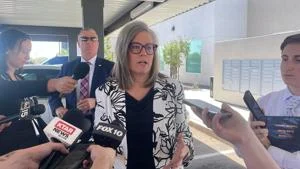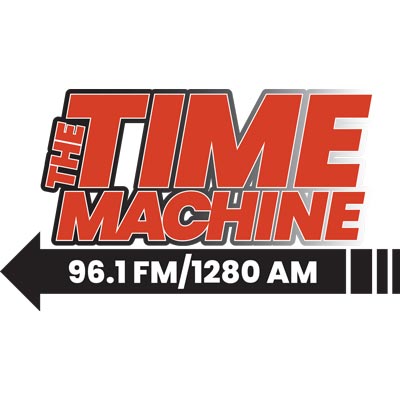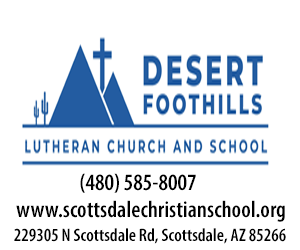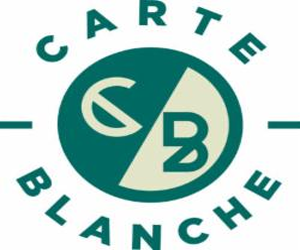(The Center Square) — The bipartisan budget signed by Arizona Gov. Katie Hobbs is “very consistent” with previous budgets passed during her administration, according to Glenn Farley, director of policy and research at Common Sense Institute Arizona.
The 2025 budget was passed Friday, just three days before the deadline to avoid a government shutdown. Hobbs signed bills that made up the $17.6 billion budget that the state Senate and state House agreed upon. Previously, Hobbs, a Democrat, vetoed two state House budget proposals. Republicans hold majorities in both houses, but lack enough seats to override her vetoes. Hobbs said she preferred the more bipartisan budget that originally passed in the Senate. Ultimately the two houses agreed on a bipartisan plan.
The governor’s original budget proposed $16.8 billion in ongoing revenue, Farley told The Center Square. The budget she signed had slightly less revenue: $16.6 billion.
Furthermore, in Hobbs’ proposed plan, Farley said, Arizona’s budget was projected to have $17.6 billion for spending. In the House’s plan, which the governor vetoed, there was $17.3 billion in spending.
According to the CSI policy director, the signed budget ultimately had $17.6 billion in spending, as the governor had initially wanted.
Even though the total spending matches what Hobbs proposed, the “characteristics of the spending are very different,” Farley said.
The 2025 budget includes pay increases for first responders, money going toward border security, capital for new school buildings and Medicaid expansion.
The two biggest items that received the most ongoing funding were K-12 education and health care, specifically Medicaid, Farley said.
Around $600 million is going toward K-12 schools, and hundreds of millions of dollars are going toward Medicaid, he said.
Farley described one-time spending as a “mixed bag.” with large amounts going toward education, health care and childcare.
According to Farley, a new strategy has emerged in the budgets passed by Hobbs, which involves the state spending a couple of million dollars on numerous items within a budget rather than allocating significant amounts of money to fewer items.
Historically speaking, Farley said the 2025 budget is a “very large” one for Arizona.
The budget has an estimated 9.3% increase in “year-over-year expenditure rate,” Farley said.
However, compared to the two previous budgets Hobbs signed into law, this increase in spending is less than the increases in the two previous years. Arizona’s budget between fiscal years 2023 and 2024 grew around 40%, Farley said.
Farley noted this year’s budget has a better chance of being sustained than last year’s budget. In 2024, Arizona’s budget only left a $10 million reserve, according to Farley, but the 2025 budget leaves around a $200 million reserve.
This estimated money reserve for the new budget will give Arizona a “larger cushion if revenues come in lower than expected,” Farley said.
The CSI policy director has experience working on Arizona’s budget. Farley previously worked for former Republican Gov. Doug Ducey as his chief economist and tax policy adviser. Farley participated in numerous discussions over the budget.
The budgets signed by Hobbs differ from those signed by Ducey in the way they were organized, Farley said.
A Ducey budget had a “specific policy goal” being advanced, such as the flat tax or universal Empowerment Scholarship Accounts, Farley said.
He noted Hobbs’ budgets tend to focus on more items.






